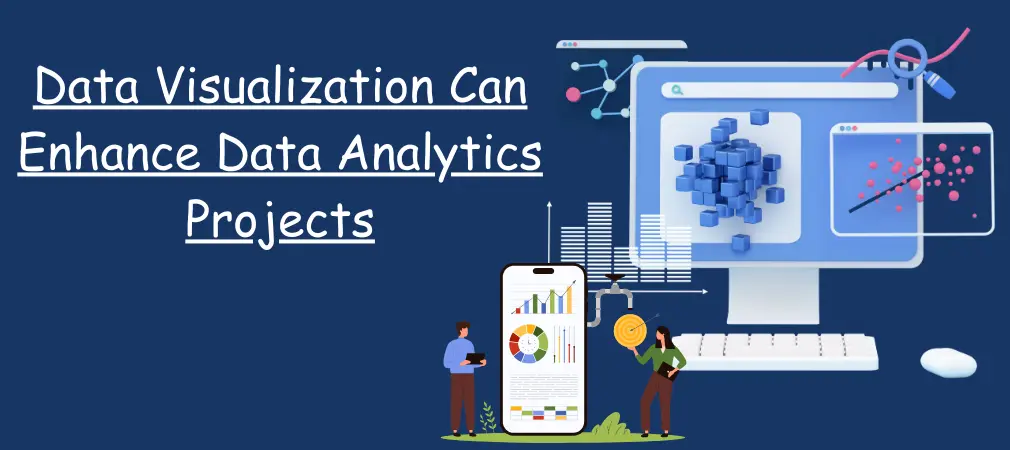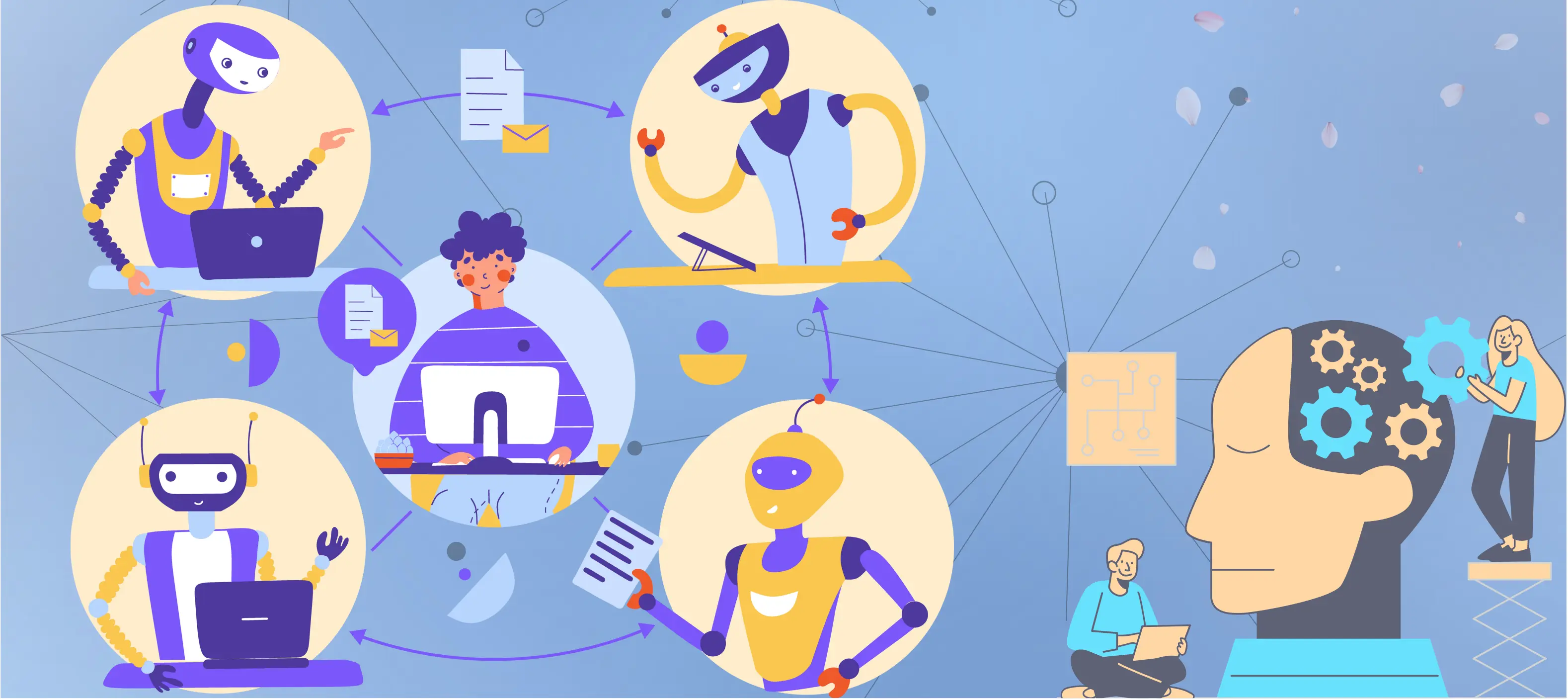Mastering Python, SQL, Sci-Kit-Learn, PyTorch, and Google Cloud in 5 Simple Steps
Updated on 21th July, 2024
190k views

10 min Read
Introduction

Why Learn Python?:
Python is a versatile and powerful programming language that is easy to learn and widely used in data science, machine learning, and web development. In this section, we will cover the basics of Python programming, including data types, variables, control flow, functions, and modules.
Python Fundamentals
We will cover the basics wssof Python programming, including data types, variables, control flow, functions, and modules. By the end of this section, you will have a solid foundation in Python programming and be ready to move on to more advanced topics.
Step 2: SQL Fundamentals
SQL (Structured Query Language) is a programming language used to manage and manipulate relational databases. Data analysts and data scientists need to have a solid understanding of SQL fundamentals.
Basic SQL Commands
- SELECT: used to retrieve data from a database
- FROM: specifies the table where the data is retrieved from
- WHERE: filters the data based on a specified condition
- GROUP BY: groups the data based on a specified column
- ORDER BY: sorts the data based on a specified column Joins in SQL
Joins are used to combine data from two or more tables. The most common types of joins are:
- INNER JOIN: returns only the matching rows from both tables
- LEFT JOIN: returns all the rows from the left table and the matching rows from the right table
- RIGHT JOIN: returns all the rows from the right table and the matching rows from the left table
- FULL OUTER JOIN: returns all the rows from both tablesn
Step 3: Machine Learning with Sci-Kit-Learn
What is Machine Learning?
Machine learning is a subset of artificial intelligence that involves training algorithms to make predictions or decisions based on data. It is used in a wide range of applications, from image recognition to fraud detection
Key Concepts in Machine Learning
Before diving into Sci-Kit-Learn, it is important to understand some key concepts in machine learning. These include supervised learning, unsupervised learning, and reinforcement learning. Supervised learning involves training a model on labeled data, while unsupervised learning involves finding patterns in unlabeled data. Reinforcement learning involves training a model to make decisions based on rewards or penalties.
Introduction to Sci-Kit-Learn
Sci-Kit-Learn is a popular Python library for machine learning. It provides a range of tools for data preprocessing, model selection, and evaluation. With its easy-to-use interface and extensive documentation, it is an excellent choice for beginners and experts alike.
Step 4: Machine Learning with Sci-Kit-Learn
What is PyTorch?
PyTorch is an open-source machine learning library used for developing and training deep learning models.
How to get started with PyTorch?
To get started with PyTorch, it is recommended to have a strong understanding of Python and machine learning concepts. The official PyTorch website offers extensive documentation and tutorials for beginners, as well as advanced topics such as distributed training and deploying models to production.
Step 5: Cloud Computing with Google Cloud
What is cloud computing?
Cloud computing is a model for delivering computing resources and services over the internet, allowing users to access and utilise computing power, storage, and applications without the need for owning physical hardware or infrastructure.
Introduction to Google Cloud Platform (GCP):
Google Cloud Platform (GCP) is a suite of cloud computing services provided by Google, offering infrastructure, platform, and software services for building, deploying, and managing applications and data in the cloud. It provides a robust and scalable infrastructure that enables organisations to innovate, collaborate, and scale their operations with ease.
Google Kubernetes Engine (GKE):
GKE is a managed Kubernetes service that simplifies the deployment, management, and scaling of containerized applications using Google's infrastructure. It enables you to run containerized workloads at scale with ease.
Conclusion:
Mastering Python, SQL, Sci-Kit-Learn, PyTorch, and Google Cloud in 5 Simple Steps by Lejhro Technology provides a concise roadmap for acquiring proficiency in key technologies. Through structured learning, readers gain comprehensive skills in Python programming, SQL database management, machine learning with Sci-Kit-Learn and PyTorch frameworks, and cloud computing on Google Cloud Platform. With clear
Bootcamps
Bestseller
Full Stack Development Course
Start Date :Aug 09, 2025
Duration :4 Months
Bestseller
Data Science Course
Start Date :Aug 09, 2025
Duration :4 Months
Suggested Blogs
The rise of AI in Lok Sabha elections : Transforming India’s voting landscape
Updated on 21th July, 2024

190k views

10 min Read
Cloud Ascendancy: Navigating the SaaS Frontier
Updated on 21th July, 2024

190k views

10 min Read
Mastering Data Mesh: Implementing Architecture in Azure
Updated on 21th July, 2024

190k views

10 min Read
More Blogs
© 2025 LEJHRO. All Rights Reserved.






